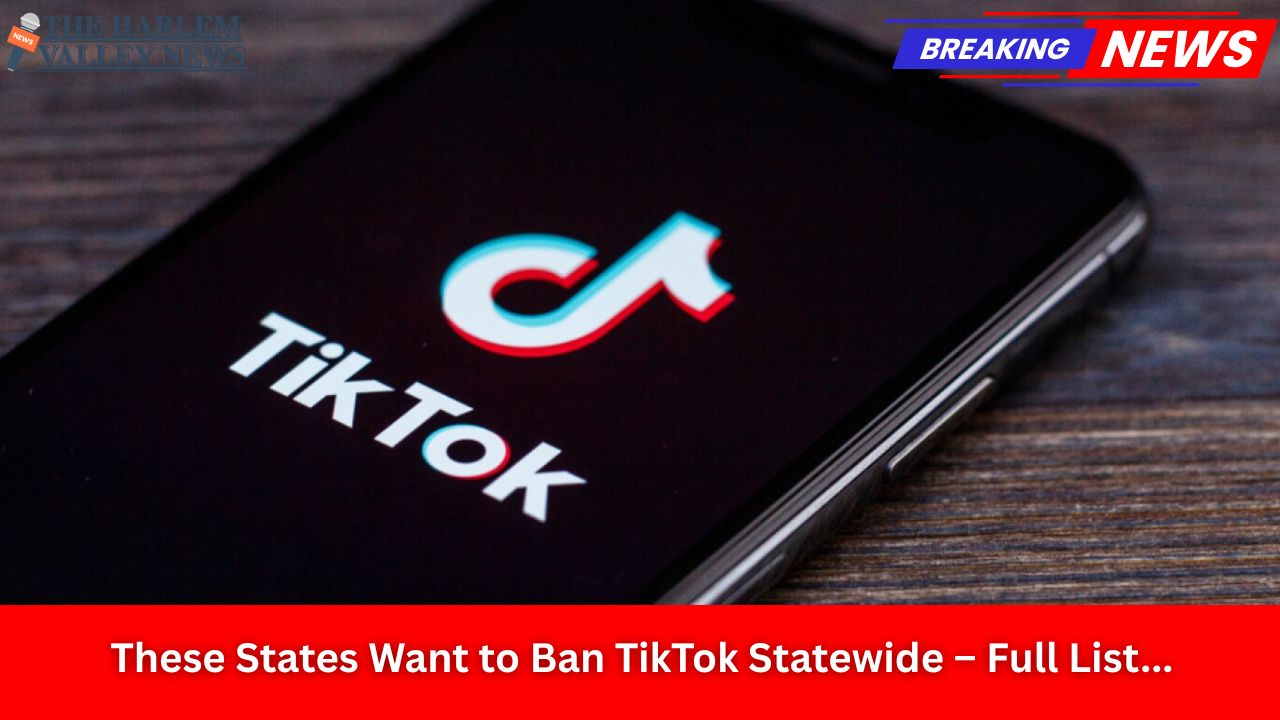As the landscape of federal student aid evolves, important changes to the Free Application for Federal Student Aid (FAFSA) are set to take effect in 2025. These updates, driven by the FAFSA Simplification Act and subsequent federal guidelines, are designed to streamline the financial aid application process, improve accuracy, and expand eligibility for students seeking federal aid. For parents and students preparing for college, understanding these changes is crucial to navigating the financial aid process effectively.
What’s New in the 2025 FAFSA?
The 2025 FAFSA form will reflect several key updates aimed at simplifying the application while enhancing the precision of financial aid determinations. One of the most noticeable changes is a significantly shorter application. The number of questions has been reduced substantially from the previous version—users can expect around 36 to 46 questions compared to over 100 in earlier years. This reduction is achieved by leveraging direct data exchange with the Internal Revenue Service (IRS), replacing the older IRS Data Retrieval Tool. Now, all contributors on the FAFSA must provide consent for their tax information to be retrieved electronically, increasing accuracy and reducing user entry errors.
The term Expected Family Contribution (EFC), a familiar metric used for decades to assess a family’s financial need, is replaced by the Student Aid Index (SAI). Unlike the EFC, which could never fall below zero, the SAI can be a negative number—down to negative $1,500—allowing for a more nuanced calculation of a student’s financial need. This change should help colleges better assess aid eligibility and address expenses not accounted for in standard cost of attendance figures.
Another major update involves the Pell Grant eligibility process. Students will now qualify automatically for Pell Grants based on family size and income, with the amount of the grant displayed much earlier in the application process. This transparency empowers students with critical financial information before applying to colleges, potentially influencing their choice of institutions.
FAFSA Application Process Changes
The online FAFSA application also now allows students to list up to 20 schools to receive their financial aid information, a significant increase from the previous limit of 10. This expansion supports students applying to multiple colleges without the hassle of multiple submissions.
Contributors to the FAFSA—whether the student, their spouse, or parents—must create and use a Federal Student Aid (FSA) ID to sign the form digitally. Notably, contributors without Social Security numbers can also obtain FSA IDs, broadening access for diverse family situations.
Additional financial information requirements have been updated or repositioned. For instance, child support payments are now captured in the asset section of the form and only need to be reported by families with incomes above $60,000. The income protection allowance, which excludes a certain amount of income from aid calculations, has been increased to provide greater leeway for families’ essential living expenses.
What Parents and Students Should Prepare For
Families planning to submit FAFSA in 2025 should be aware that everyone required to provide tax or financial information must consent to the data transfer electronically for the application to be processed. If consent is not given, the FAFSA cannot be accepted, regardless of filing status.
Early preparation is vital. Creating and maintaining updated StudentAid.gov accounts for the student and any contributors ensures a smoother application experience. Gather relevant tax documents from the prior-prior year (for 2025-26 FAFSA, this means using 2023 tax information) since this data is essential for accurate reporting.
Parents and students should also review changes in definitions and terminology throughout the form. For example, “parent” is now referred to as “contributor,” reflecting a broader group responsible for providing information on the FAFSA. Meanwhile, “household size” is updated to “family size” to align with tax documents.
Lastly, keep in mind deadlines: the FAFSA form opens October 1, 2025, and must be submitted by June 30, 2026, at 11:59 PM Central time. Corrections or updates can be made until September 12, 2026.
Why These Changes Matter
The 2025 changes aim to make financial aid more accessible and equitable, reducing the complexity of the FAFSA while ensuring the data used is accurate and consistent. With automatic Pell Grant determinations and more inclusive calculations through the Student Aid Index, many more students are expected to qualify for aid or receive increased amounts. The simplification reduces burdens on families and schools, encouraging more students to apply for the financial support they deserve.
In summary, parents and students should familiarize themselves with the new FAFSA form’s streamlined process, updated terminology, and digital consent requirements. Early preparation and understanding these changes can help families maximize their financial aid opportunities for college in 2025 and beyond.














Leave a Reply